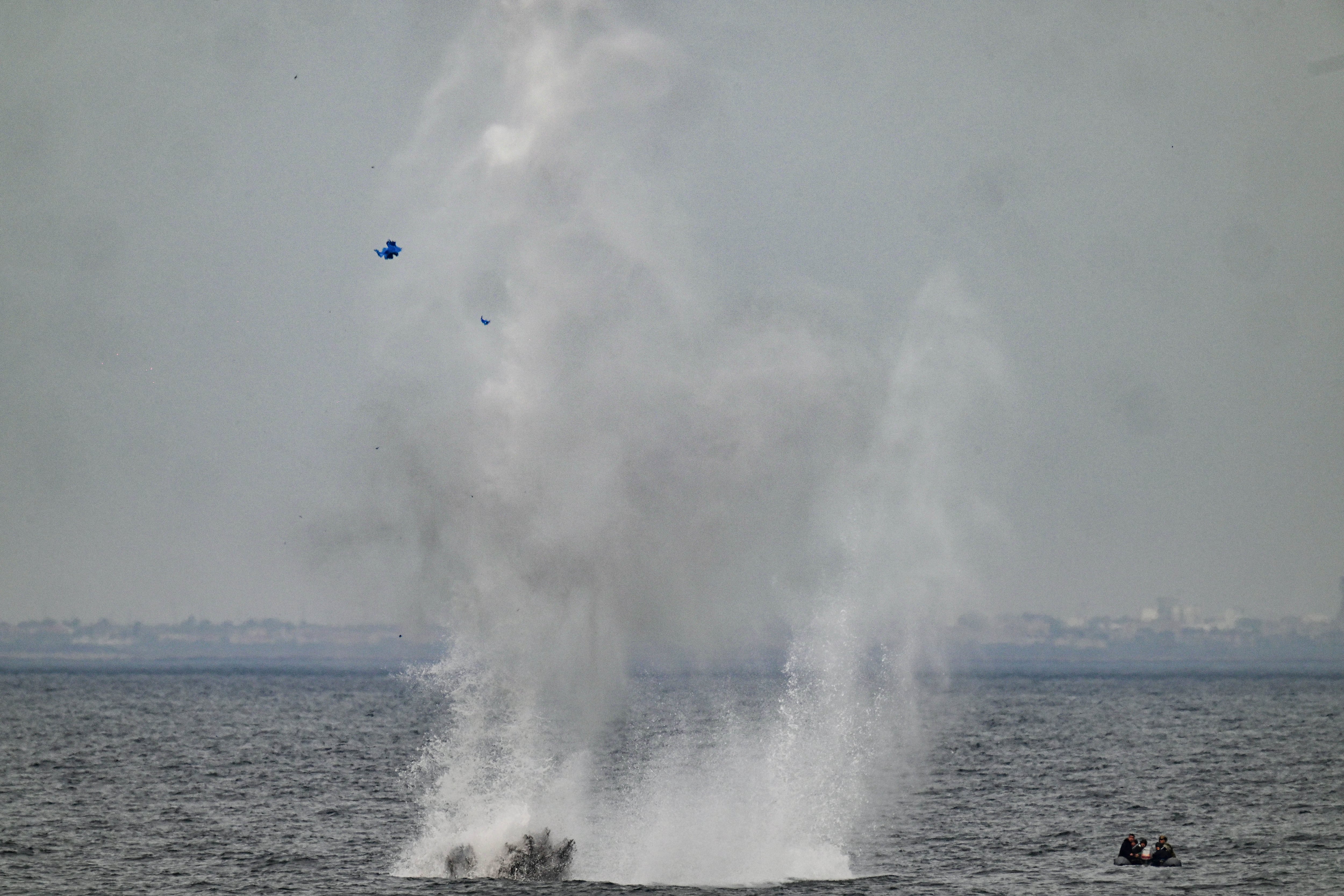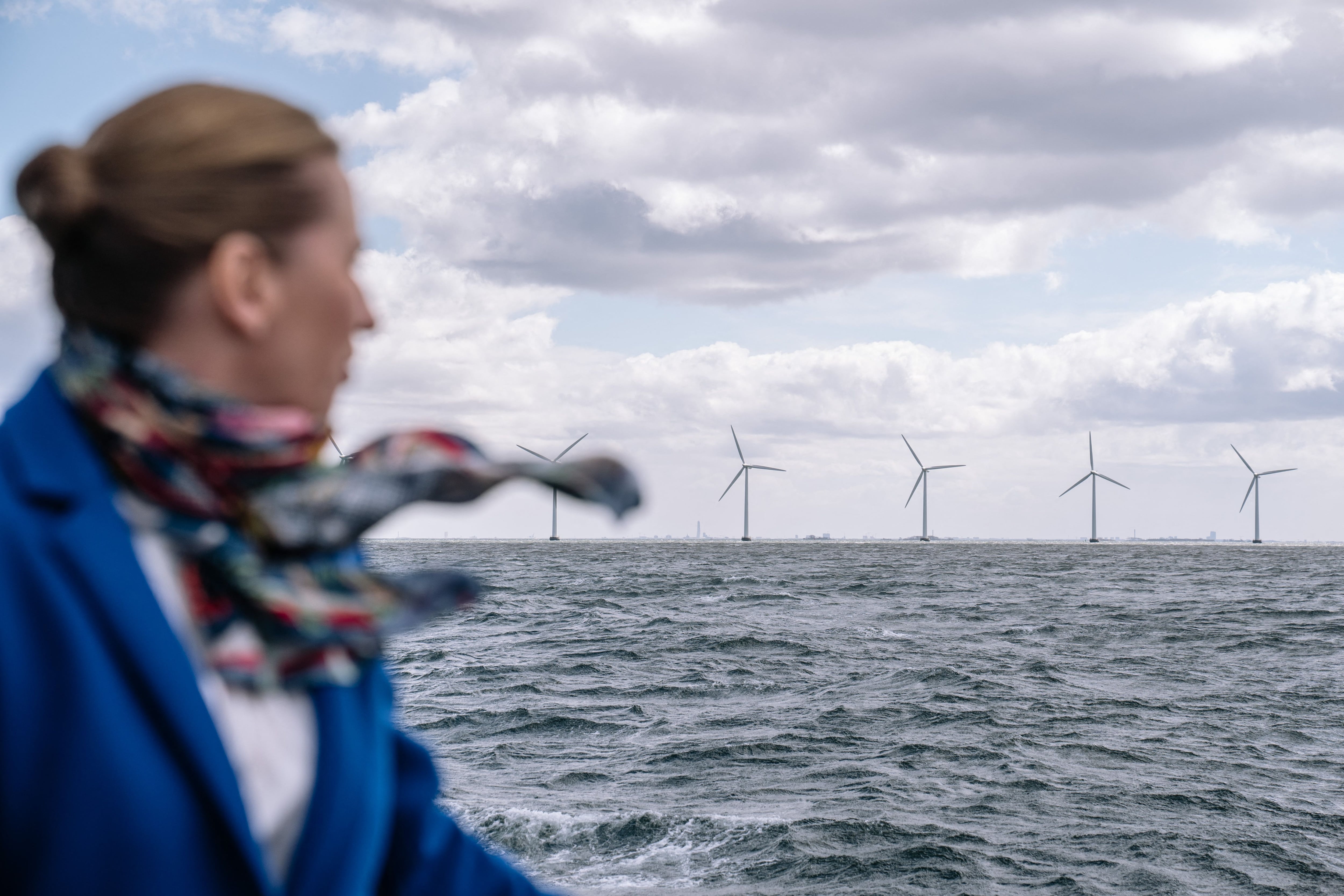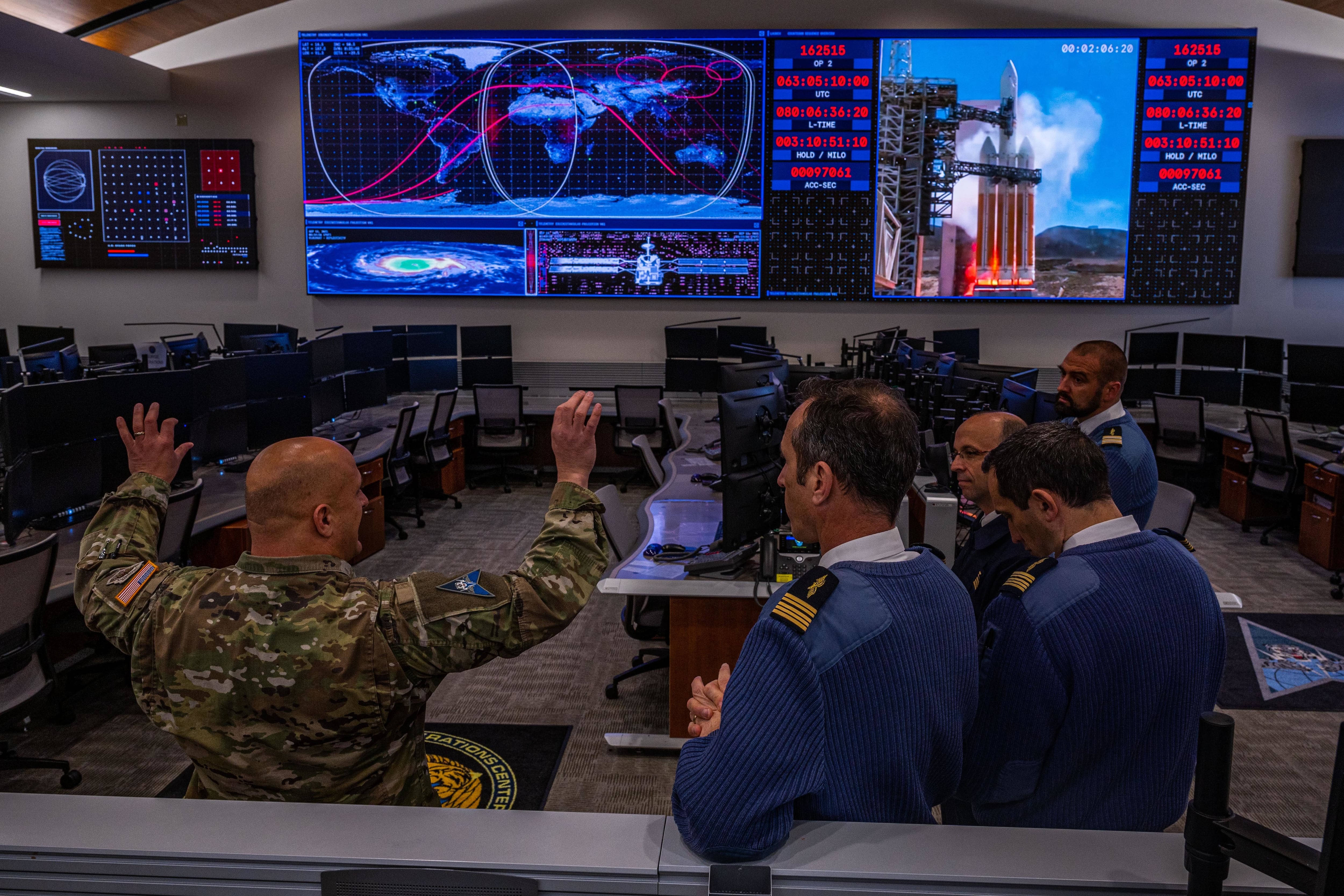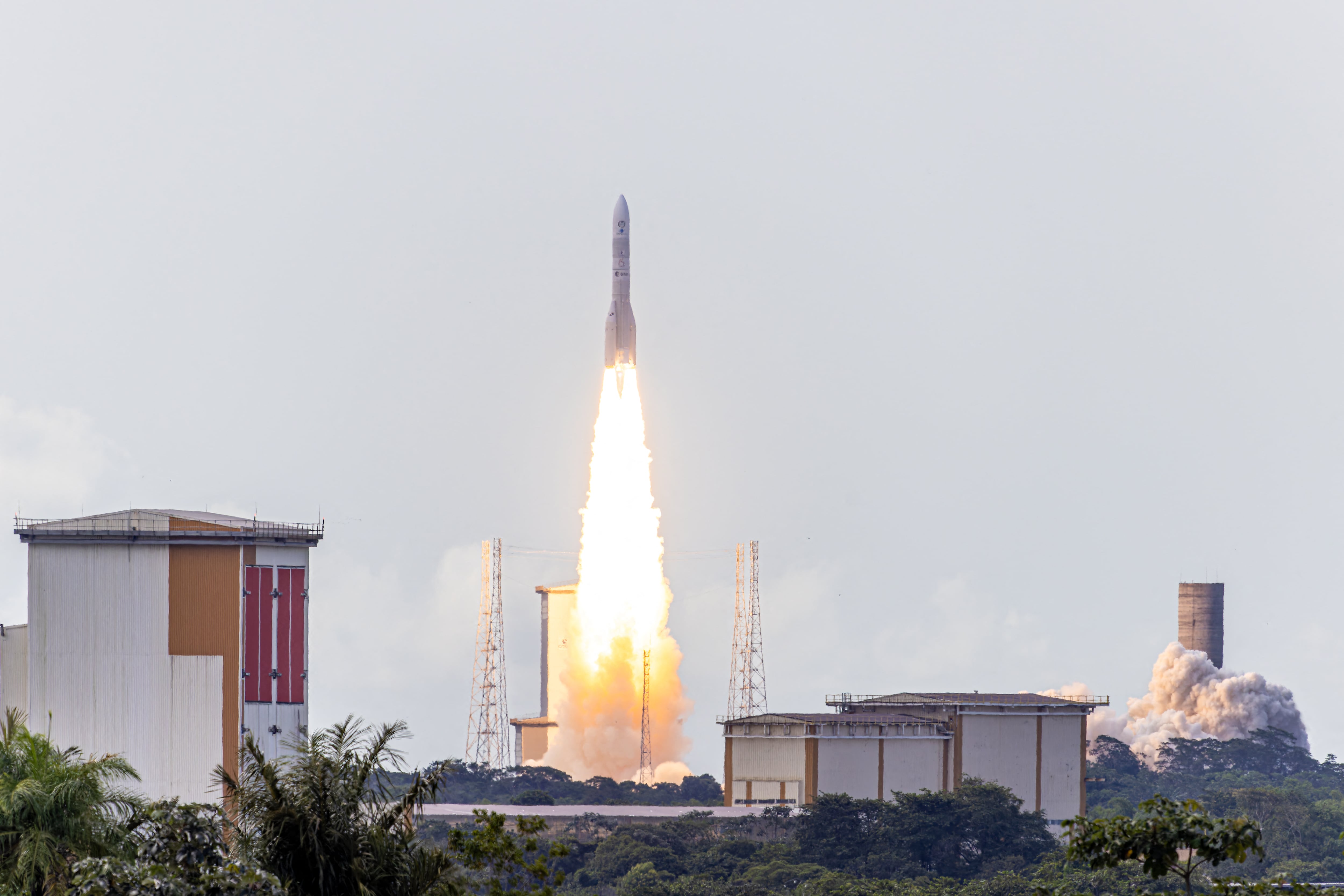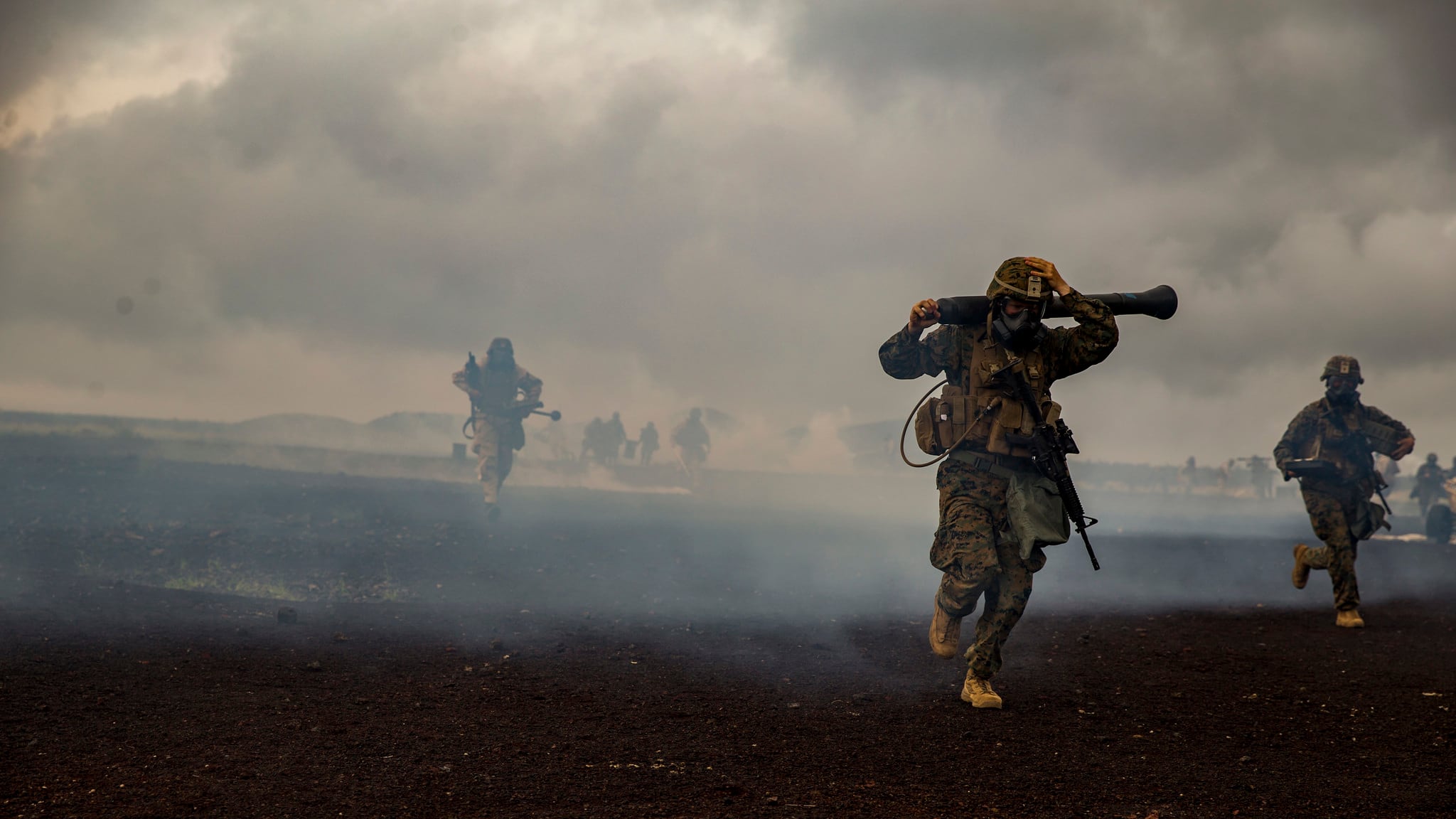COLOGNE, Germany — The European Defence Agency has completed its first-ever deep dive into member nations’ defense plans, recommending that the bloc invest in six capabilities, including weaponry for fighting aerial drones.
The finding is wrapped up in the agency’s “Coordinated Annual Review on Defence” submitted to defense ministers Nov. 20. The report represents the first time analysts went through national defense programs in search of gaps in the European Union’s overall military capability.
The document “recommends developing a European capability to counter unmanned aerial systems (UAS) to improve force protection, as well as contributing to establish a European standard for Anti Access/Area Denial (A2/AD),” according to a summary released by the European Defence Agency. The analysis “concludes that European capability approaches towards A2/AD are clearly at a crossroads, whereby the capability is either developed in a collaborative manner or the capability will not be developed for European forces,” the summary read.
Recent combat operations in the Middle East, Ukraine and Nagorno-Karabakh have shown an advantage for forces employing sophisticated aerial drones. In those conflicts, drones were used to spy on enemy formations and destroy tanks and vehicles with such precision that defense analysts have called them gamechangers in modern warfare.
The EDA report also recommends member states band together on a new main battle tank that could enter service in the 2030s. The call speaks to the much-cited finding that European nations operate too many different models of tanks and other combat equipment.
“If member states cooperate in upgrading or collaborate when introducing new ones, a 30 percent reduction of types and variants can be obtained by the mid-2030s,” the document stated. Eleven countries have already expressed an interest in cooperating, it added.
The recommendation raises the question of how — and if — EU officials plan to consider existing industrial partnerships in judging progress on defense cooperation. For example, France’s Nexter as well as Germany’s Krauss-Maffei Wegmann and Rheinmetall are working together on a Main Ground Combat System that would eventually replace the two countries’ Leclerc and Leopard fleets.
In addition, there is a project involving France, Italy, Spain and Greece to build a European patrol corvette that could count toward another recommendation of the new EDA report: development of a “European Patrol Class Surface Ship.”
Jiří Šedivý, the agency’s chief executive, told reporters he expects to see clusters of member states form around each of the six recommended focus areas — which also include soldier systems, defense in space and enhanced military mobility — following a series of workshop meetings early next year.
Existing cooperative projects, including those toward a new battle tank and tank modernization more broadly, would be taken into account, Šedivý told reporters.
Some of the review’s findings are simply reiterations of known truths that have animated attempts at defense cooperation across the continent for years. “The review also finds that the European defense landscape is characterized by high levels of fragmentation and low investment in cooperation,” the document read, reflecting more or less a diagnosis of the status quo that has plagued the bloc for years.
Šedivý said the development of new capabilities and improved cooperation aims to influence the member nations’ 2025 budget cycle, as most countries’ near-term spending plans are already too far along in their implementation. French officials, however, have offered to incorporate EDA recommendations sooner, he added.
Sebastian Sprenger is associate editor for Europe at Defense News, reporting on the state of the defense market in the region, and on U.S.-Europe cooperation and multi-national investments in defense and global security. Previously he served as managing editor for Defense News. He is based in Cologne, Germany.

